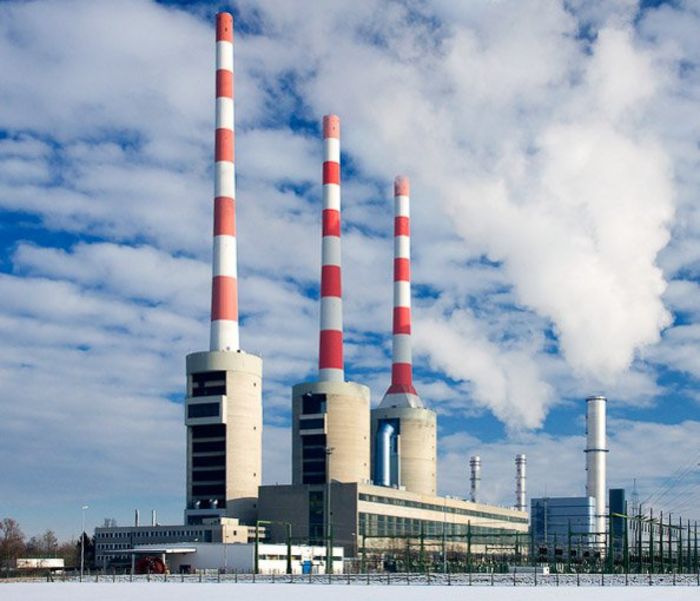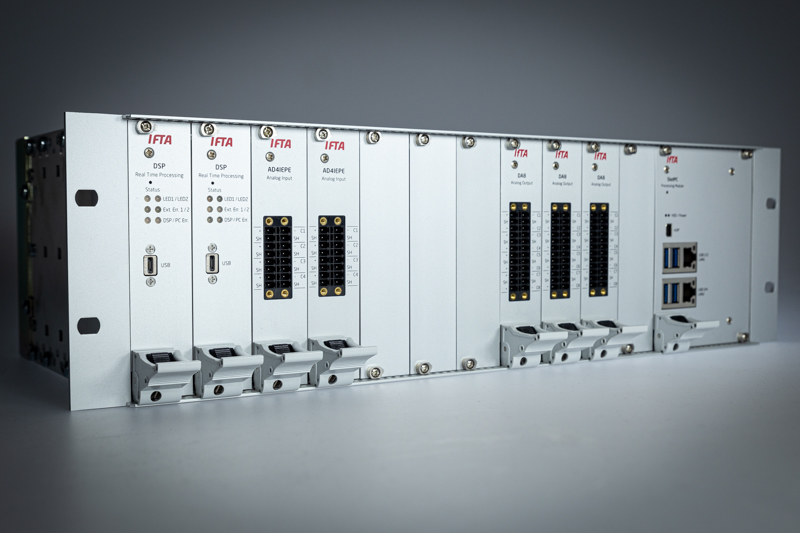Mastering Dangerous Vibrations
AIC: Active damping of combustion oscillations
If combustion oscillation cannot be avoided, the IFTA AIC system will damp them in order to protect the machine. Until today, our AIC (ACTIVE INSTABILITY CONTROL) is till a technically unique solution for the active regulation of combustion oscillations and compressor instabilities with active damping. This sophisticated protection concept is used especially in areas where conventional methods fail. AIC contains the components for signal measurement + storage + active protection using special high-performance valves and linear motors in real-time. This allows to stabilize a flame or to blow away a stall cell.
Especially in situations where it is not possible to avoid combustion oscillations, e.g. due to a change in combustion control, active damping with AIC is the only possible solution.

- Active damping of self-excited combustion oscillations, also known as thermoacoustic oscillations, pulsations or humming
- Use in turbines: from single burner to multiple burner plants to large stationary gas turbines
- Worldwide well-proven system
What Makes the Active Instability Control (AIC) Unique?
Advantages of the AIC
Compared to the IFTA ArgusOMDS system, the IFTA AIC system differs primarily by the DSP firmware. In the industry, the reaction speed is regarded as outstanding - sample by sample is processed and controlled in real-time.
- Acquisition of up to 16 sensor signals and control of up to 32 actuators
- Automatic setting of the control parameters
- Modular design
- Complete integration into the control system via digital, analog or field-bus interfaces such as Profibus, Modbus, Can-Bus
Fields of application:
- Industrial or stationary gas turbines
- Large industrial combustion systems such as process gas heaters
Active vs. passive protection
Compared to passive protective measures, AIC offers the following advantages:
- Easy upgrade for existing applications
- No cost and time intensive retrofitting of the combustion system necessary
- Efficiency, stability and construction of the combustion system are not negatively affected - no additional losses occur due to the Argus AIC system
- Pollutant emissions are even partially reduced, e.g. NOx and unburned fuel/gas
- The control is able to adapt to the actual system behavior and its changes
Active Instability Control for Stationary Gas Turbines

Siemens Energy Relies on Proven IFTA Technology
As a result of many years of university research work by Dr.-Ing. Jakob Hermann (general manager IFTA GmbH) in this field, IFTA GmbH succeeded for the first time in 1997 in successfully applying this technology to large stationary gas turbines with an output of over 240 MW from Siemens Energy Global GmbH & Co. KG to establish it as an industry standard.
Systems in widespread use
Since 1997, approximately 50 of these systems have been successfully implemented in stationary gas turbines worldwide. In addition to their high efficiency in the damping of combustion oscillations, their outstanding features include high system availability and reliability, which led to unrestricted customer acceptance and high satisfaction.